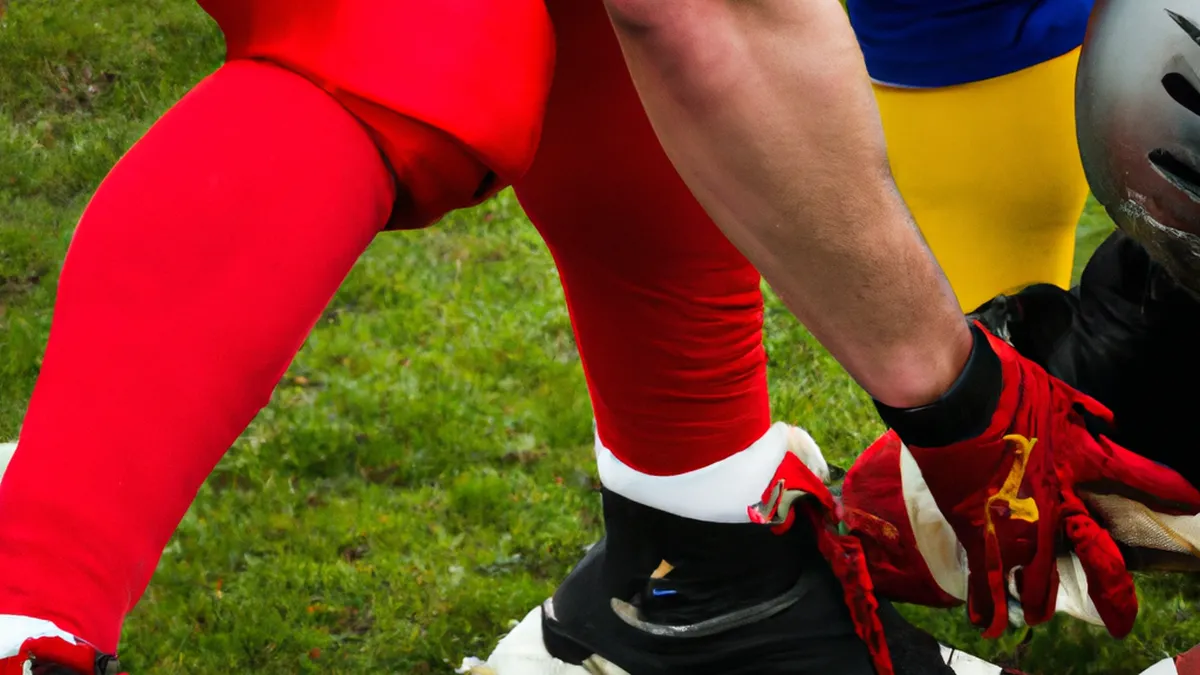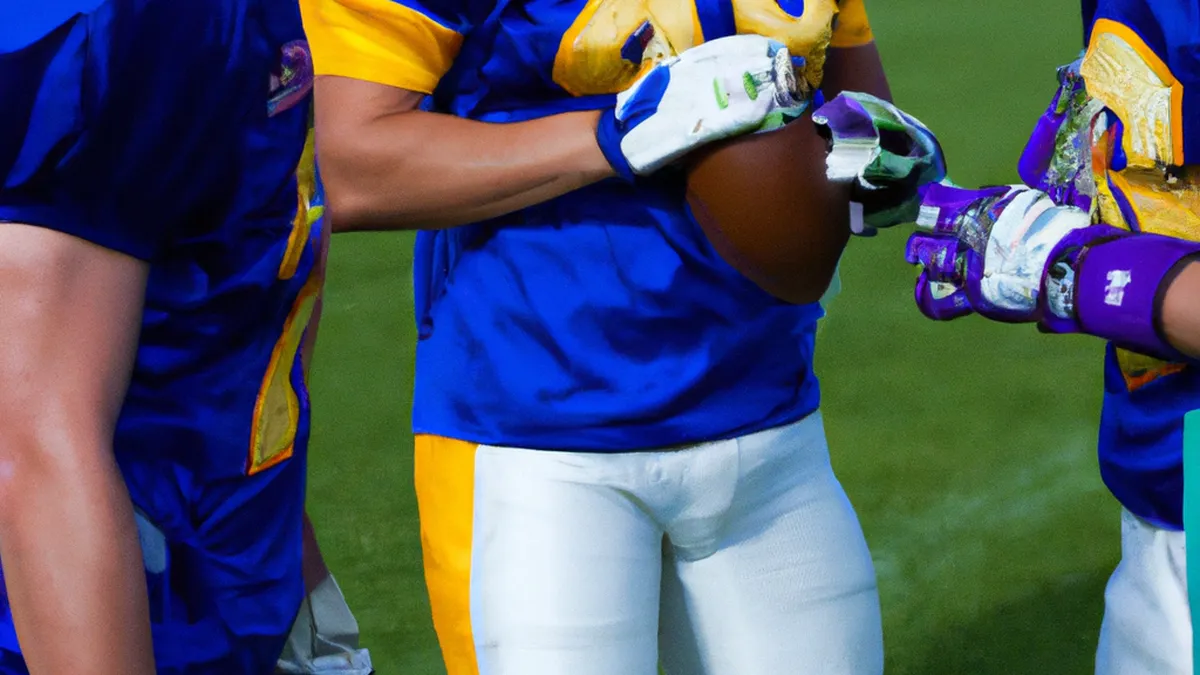When to Return: Assessing Injury Readiness (Coaches)
Rehabilitation Protocols for Common Sports InjuriesSports injuries can disrupt your fitness routine and hinder performance. Understanding rehabilitation protocols aids effective recovery. This blog explores common sports injuries, their rehabilitation protocols, and tips to return to your game.
Understanding Common Sports Injuries
Athletes at any level may experience sports injuries during their careers. Common injuries include sprains, strains, tendonitis, and fractures. Each injury requires a specific rehabilitation approach based on its severity and nature.
Sprains and Strains
Sprains impact ligaments, connecting bones at a joint. Strains involve muscles or tendons, connecting muscles to bones. Both injuries often result from sudden movements like twisting, jumping, or falling. Common examples include ankle sprains and hamstring strains.- **Ankle Sprains**: These often occur when the foot rolls inward, stretching or tearing ligaments on the ankle’s outside.- **Hamstring Strains**: These typically happen during sprinting or jumping, where thigh muscle fibers overstretch or tear.
Tendonitis
Tendonitis is inflammation of tendons, usually caused by repetitive stress or overuse. Activities like running, throwing, or cycling can lead to this condition. Common types include:- **Achilles Tendonitis**: This involves inflammation of the Achilles tendon, often due to overuse in running and jumping sports.- **Patellar Tendonitis**: Known as “jumper’s knee,” this condition affects the tendon linking the kneecap to the shinbone, common in jumping athletes.
Fractures
Fractures result from high-impact forces, falls, or overuse. They can vary from stress fractures to complete breaks requiring surgery. Fractures often occur in arms, legs, and collarbones.
Essential Rehabilitation Protocols
As an Amazon Associate I earn from qualifying purchases.
Gear tip: consider football, receiver gloves, and mouthguard to support this topic.
Each injury demands a tailored rehabilitation protocol. Below are guidelines for sprains, strains, tendonitis, and fractures.
The R.I.C.E. Method
For sprains and strains, the R.I.C.E. method offers an effective initial treatment approach:1. **Rest**: Avoid painful activities and let the injured area rest for several days.2. **Ice**: Apply ice for 15-20 minutes every hour during the first 48 hours to reduce swelling and numb pain.3. **Compression**: Use a compression bandage for support and to minimize swelling.4. **Elevation**: Elevate the injured area above heart level to decrease swelling.Following this method can minimize swelling and promote healing.
Conclusion
Understanding common sports injuries and rehabilitation protocols aids recovery and helps athletes return to their game.
Below are related products based on this post:
FAQ
What are common sports injuries?
Common sports injuries include sprains, strains, tendonitis, and fractures. These injuries can occur at any level of athletic participation and often result from specific activities or movements.
What does the R.I.C.E. method entail?
The R.I.C.E. method involves Rest, Ice, Compression, and Elevation. This approach is effective for treating sprains and strains by reducing swelling and promoting healing.
How do sprains and strains differ?
Sprains affect ligaments that connect bones at a joint, while strains involve muscles or tendons that connect muscles to bones. Both injuries can occur from sudden movements and require tailored rehabilitation protocols.















Post Comment